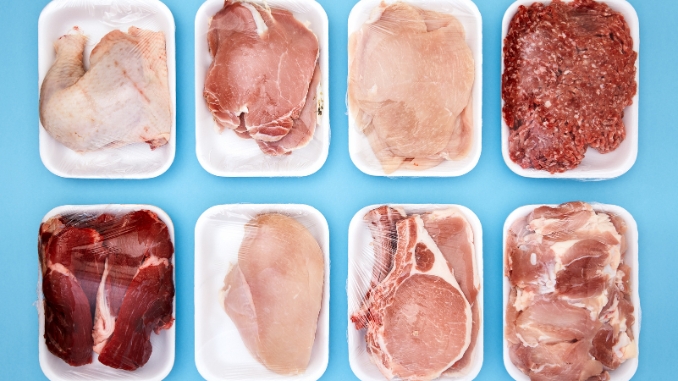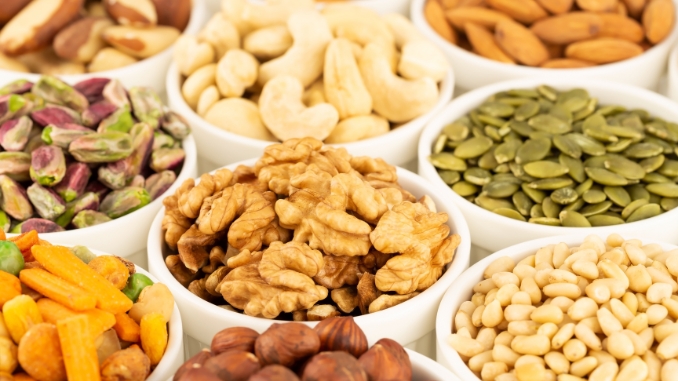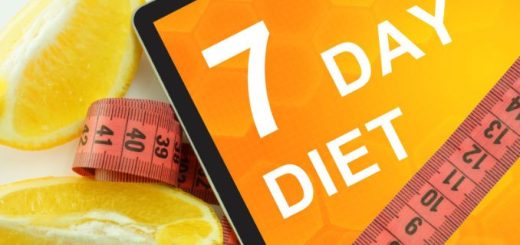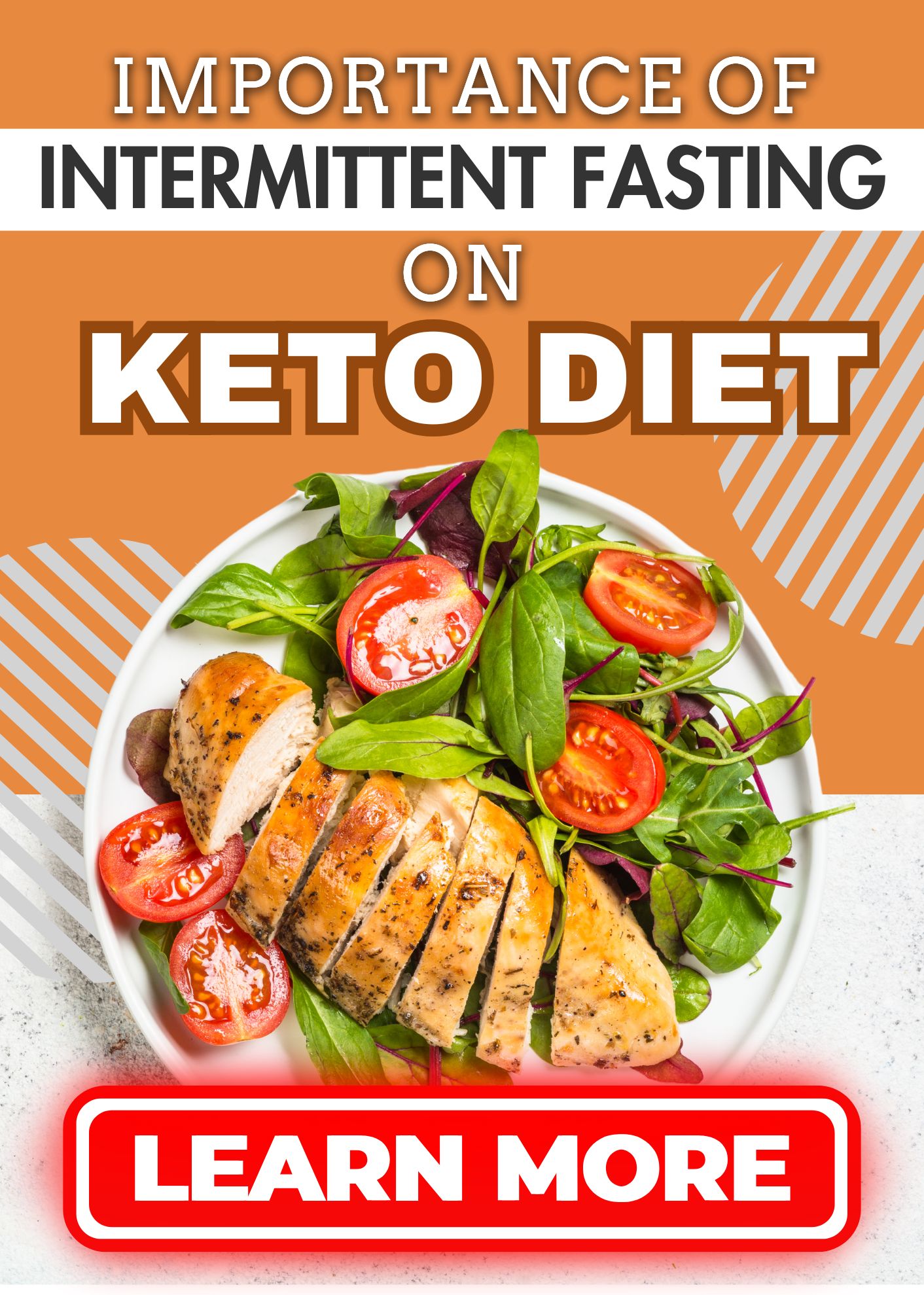The Ketovore Diet: What You Need To Know?

Last updated on April 11th, 2025 at 05:46 pm
Welcome to the realm of the Keto Carnivore Diet – the ultimate elimination diet designed to accelerate weight loss, supercharge, and optimize your health! This seamlessly integrates the core tenets of the ketogenic diet with the distinctive features of the carnivore diet.
Emphasizing high-fat, low-carb foods while excluding plant-based options, the Keto Carnivore Diet is crafted to induce ketosis, where your body efficiently utilizes fat as its primary fuel source.
Wondering if this bold approach is for you? Read on to unravel the intricacies of the Ketovore Diet and make an informed decision about its suitability for you.
Ketovore Diet and Its Mechanism
The term “Ketovore” suggests combining two popular dietary approaches: ketogenic diet and a carnivorous or strict carnivore diet. Here's a brief explanation of each:
Ketogenic Diet (Keto Diet)

This low-carbohydrate, high-fat diet is designed to shift the body into ketosis. In ketosis, the body mainly burns fat for energy instead of carbohydrates. This diet typically includes moderate protein intake.
Carnivore Diet

This extremely restrictive diet consists mainly or exclusively of animal products. People following a carnivore diet typically eat fish, meat, eggs, and other animal products while avoiding plant-based foods like fruits, vegetables, and grains.
Combining these two approaches would likely involve a diet that is both low in carbohydrates and plant-based foods, with an emphasis on animal products.
Ketovore Diet vs. Keto Diet: What's the difference?
The terms “Ketovore Diet” and “Keto Diet” both involve the concept of ketosis but differ in their emphasis on food sources. Here's a breakdown of the key differences:
Keto Diet
- Macronutrient Focus: The keto diet is characterized by a specific macronutrient distribution, typically high in healthy fats, moderate in protein, and very low in carbohydrates.
- Food Variety: While the emphasis is on fats, a keto diet includes a diverse range of foods such as meats, fish, eggs, dairy, nuts, seeds, oils, and non-starchy vegetables.
- Flexibility: The keto diet allows for flexibility in food choices within the prescribed macronutrient ratios. It doesn't necessarily restrict the types of foods but focuses on the balance of fats, proteins, and carbs.
Ketovore Diet
- Carnivorous Emphasis: The term “Ketovore” suggests a diet that is not only ketogenic but also places a greater emphasis on animal-based, carnivorous food sources.
- Limited Plant-Based Foods: A Ketovore Diet may be more restrictive than a standard keto diet, focusing on animal products like fish, meat, and eggs and potentially excluding or minimizing plant-based foods.
- Narrower Food Choices: Unlike the variety in a keto diet, a Ketovore Diet may limit the range of acceptable foods to those derived from animals.
The primary distinction lies in the emphasis on food sources. While both diets aim to achieve ketosis by restricting carbohydrates, it is a subset of the ketogenic diet that leans more heavily toward animal-based foods and may involve a more restrictive approach by limiting or eliminating certain plant-based foods.
Food to Eat in a Keto Carnivore Diet
As a combination of the ketogenic and carnivore diet approaches, primarily focuses on animal-based and low-carb foods. Here's a list of foods that are commonly included in a Keto Carnivore Diet:
1. Meats
Beef: Beef is a staple in the Ketovore Diet, equipping a rich source of protein and healthy fats. Options include various cuts such as steak, ground beef, and roasts, which contribute to the satiating and nutrient-dense nature of the diet.
Pork: Pork, including bacon, pork chops, and pork loin, is another excellent source of protein and fats. The versatility of pork allows for diverse and flavorful meal options within the Ketovore framework.
2. Fish and Seafood
Salmon: High in omega-3. Salmon is a fatty fish that contributes to lose weight. Its versatility makes it a popular choice among those following a Ketovore approach.
Tuna: Tuna, whether canned or fresh, is a protein-packed option that aligns with the low-carb diet. People often use it in salads or as a main dish.
3. Eggs
Whole Eggs: Eggs are a versatile and nutrient-dense food. They are abundant in high-quality protein and healthy fats, making them a fundamental part of the Ketovore Diet. Whole eggs, including the yolk, provide essential nutrients like choline and vitamins.
4. Low-Carb Vegetables and Low-Carb Fruits (in moderation)
Leafy Greens: Leafy greens (example: spinach, kale, and lettuce) are low in carbohydrates and rich in vitamins and minerals. One can include them in the Ketovore Diet in moderation, obtaining essential nutrients and fiber.
Cruciferous Vegetables: Examples of these are Broccoli, cauliflower, and Brussels sprouts. They add variety to the diet. They are low in carbs and offer fiber, vitamins, and antioxidants.
Avocado: Avocado is an amazing fruit that is low in carbohydrates and high in healthy fats. It's a favored addition to the diet for its creamy texture and nutritional profile.
5. Nuts and Seeds (in moderation)
Almonds: Almonds are a low-carb nut option that can be enjoyed in moderation on the Ketovore Diet.
Walnuts: Walnuts are another nut choice that fits into the Ketovore approach. They offer omega-3 fatty acids and can be top-up to salads or eaten as a snack.
Remember that the Ketovore Diet entails eating food in moderation. So, there is also a need to consider what food to avoid in this diet.
Food to Avoid on the Ketovore Diet
On this diet, the primary focus revolves around consuming low-carbohydrate, animal-based foods. Adhering to the principles of this diet involves avoiding or limiting specific food groups to sustain ketosis.
Here's an overview of commonly restricted or avoided foods on the Ketovore Diet:
1. High-Carb Foods
The Ketovore Diet generally excludes grains like wheat, rice, oats, and other high-carbohydrate grains. Similarly, the diet restricts legumes like beans, lentils, and peas, which are rich in carbs.
2. Sugary Foods
Sweets and desserts, including candy, cakes, and cookies, are incompatible with the low-carb nature of the Ketovore Diet. Similarly, sugary beverages like soft drinks and fruit juices are typically avoided due to their high sugar content.
3. Most Fruits
While some berries may be consumed in moderation, high-sugar fruits like bananas, grapes, and tropical fruits are restricted on the Ketovore Diet.
4. Starchy Vegetables
High-carbohydrate foods such as potatoes, sweet potatoes, corn, and other starchy vegetables are restricted. Additionally, it limits the consumption of root vegetables like carrots and beets, which have higher carb content.
5. Processed Foods
Processed snacks such as chips and crackers, often containing added carbohydrates, are not part of the Ketovore Diet. Some processed meats like sausages and deli may contain added sugars or non-ketogenic ingredients.
6. High-Sugar Dairy Products
7. Certain Nuts and Seeds (in excess)
The Ketovore Diet may limit the consumption of nuts higher in carbohydrates, such as cashews and chestnuts.
8. High-Carb Condiments
Individuals typically avoid condiments high in sugar, such as ketchup and sweet barbecue sauces. Moreover, the Ketovore Diet also imposes restrictions on some salad dressings that contain added sugars.
9. Alcohol
High-carb alcoholic beverages such as beer and sweet cocktails are generally avoided on the Ketovore Diet.
10. Highly Processed and Trans Fat-Rich Foods
Highly processed vegetable oils like oil from corn and soybean may be limited. Healthier fat sources, such as olive oil and coconut oil, are preferred. Foods containing trans fats, often found in some processed and fried foods, are typically avoided.
Benefits of the Ketovore Diet
The Ketovore Diet, which combines elements of the ketogenic and carnivore diets, is believed by some proponents to offer several potential benefits. Here are some perceived benefits associated with the Ketovore Diet:
1. Weight Loss
Weight loss is one of the major reasons people adopt Ketovore. By increasing fat intake and limiting the body to utilize stored fat for energy, carbohydrates potentially result in weight loss.
Additionally, Eating nutrient-dense, unprocessed foods that promote weight loss, boost energy levels, and enhance your overall health.
2. Stabilized Blood Sugar Levels
The Ketovore Diet may help regulate blood sugar levels by minimizing carbohydrate intake. This can benefit individuals with insulin resistance or type 2 diabetes.
3. Increased Satiety
Diets high in fat and protein promote a feeling of fullness, which helps reduce overall calorie intake. This increased satiety may contribute to weight loss and better appetite control.
4. Improved Mental Clarity
Some people have an improved mental clarity and focus on a Ketovore Diet. The brain can efficiently use ketones, a byproduct of fat metabolism, as a secondary fuel source when glucose availability is limited.
5. Steady Energy Levels
The Ketovore Diet may help stabilize energy levels throughout the day by depending on fat as a fuel source. This is in contrast to the energy fluctuations often associated with high-carbohydrate diets.
6. Reduced Inflammation
Certain proponents suggest that the Ketovore Diet may have anti-inflammatory effects. Inflammation is connected to various chronic diseases, and some studies indicate that ketogenic diets may help modulate inflammatory markers.
7. Potential Therapeutic Applications
Some research suggests that ketogenic diets, including elements of the Ketovore Diet, may have therapeutic applications. This includes conditions like epilepsy, neurodegenerative diseases, and certain metabolic disorders.
8. Preservation of Lean Body Mass
Adequate protein intake on the Ketovore Diet may help preserve lean body mass while boosting fat loss. This is important for maintaining overall health and metabolic function.
9. Better Blood Lipid Profiles
Some studies suggest that low-carbohydrate diets, such as the Ketovore Diet, may improve blood lipid profiles by increasing high-density lipoprotein (HDL) cholesterol and reducing triglycerides.
10. Appetite Control
The Ketovore Diet may have appetite-suppressing effects, which can be helpful for people looking to manage their food intake and adhere to a calorie-controlled diet.
While the Ketovore Diet may benefit some individuals, it's necessary to be aware of potential risks and side effects associated with this approach.
Potential Risks and Side Effects of the Ketovore Diet
It's crucial to approach the Ketovore Diet with an understanding of these potential risks and side effects. Here are more detailed descriptions of each potential risk and side effect of the Ketovore Diet:
1. Nutrient Deficiencies
A potential concern with the Ketovore Diet is its emphasis on animal products, which may lead to nutrient deficiencies. The diet's restriction of plant-based foods could result in insufficient essential vitamins, minerals, and antioxidants commonly found in fruits, vegetables, and grains.
2. Digestive Issues
The low-carb nature of the Ketovore Diet, with reduced fiber intake, may contribute to digestive issues, particularly constipation. Fiber is crucial in maintaining regular bowel movements and promoting digestive health.
Without adequate fiber from plant-based sources, individuals on the Ketovore Diet may face challenges in maintaining optimal gastrointestinal function.
3. Keto Flu
During the initial stages of adopting the Ketovore Diet, some individuals may have feelings of what is commonly called the “keto flu.” Temporary symptoms may include headaches, fatigue, nausea, irritability, and dizziness.
The side effects are often attributed to the body's adjustment to using ketones instead of carbohydrates as a primary energy source. While the keto flu is typically short-lived, it can be challenging in the diet's adaptation phase.
4. Potential Kidney Stress

5. Lack of Fiber
A notable drawback of the Ketovore Diet is its limited inclusion of plant-based foods, reducing dietary fiber intake. Fiber is critical for supporting healthy digestion, regulating blood sugar levels, and supporting heart health.
Without sufficient fiber, individuals may experience constipation and miss out on the various health benefits associated with a fiber-rich diet.
6. Adverse Lipid Profiles
While some studies suggest potential improvements in lipid profiles on ketogenic diets, others indicate a potential increase in LDL cholesterol levels for some individuals.
High LDL cholesterol is a risk aspect for cardiovascular disease, and the impact of the Ketovore Diet on lipid profiles can vary among individuals.
7. Difficulty Sustaining the Diet
The Ketovore Diet's restrictive nature may challenge some individuals regarding long-term adherence.
The elimination or severe limitation of certain food groups, including carbohydrates and plant-based foods, could make it challenging to sustain the diet over an extended period. Social and lifestyle factors may also contribute to difficulties in adhering to the strict guidelines of the Ketovore Diet.
Conclusion
The Ketovore Diet, blending elements of the ketogenic and carnivore approaches, presents potential benefits like weight loss and stabilized blood sugar levels. However, its heavy reliance on animal products raises concerns about nutrient deficiencies, digestive issues, and potential long-term challenges in sustaining the diet.
The temporary “keto flu” symptoms during adaptation and possible impacts on kidney health further underscore the need for caution. Balancing the benefits against associated risks is crucial in determining the Ketovore Diet's suitability for achieving health goals.
Many are failing on the diet because they eat the wrong foods or don’t have a plan for a specific meal and make bad food decisions when hungry. So, check out this Master Guide to Keto today!
Rick Kaselj MS, is a leading kinesiologist and injury specialist as well as co-creator of the best-selling Unlock Your Hip Flexors program. Rick creates exercise programs that help people heal injuries and eliminate pain, so they can go back to living a full, active, healthy life.

















